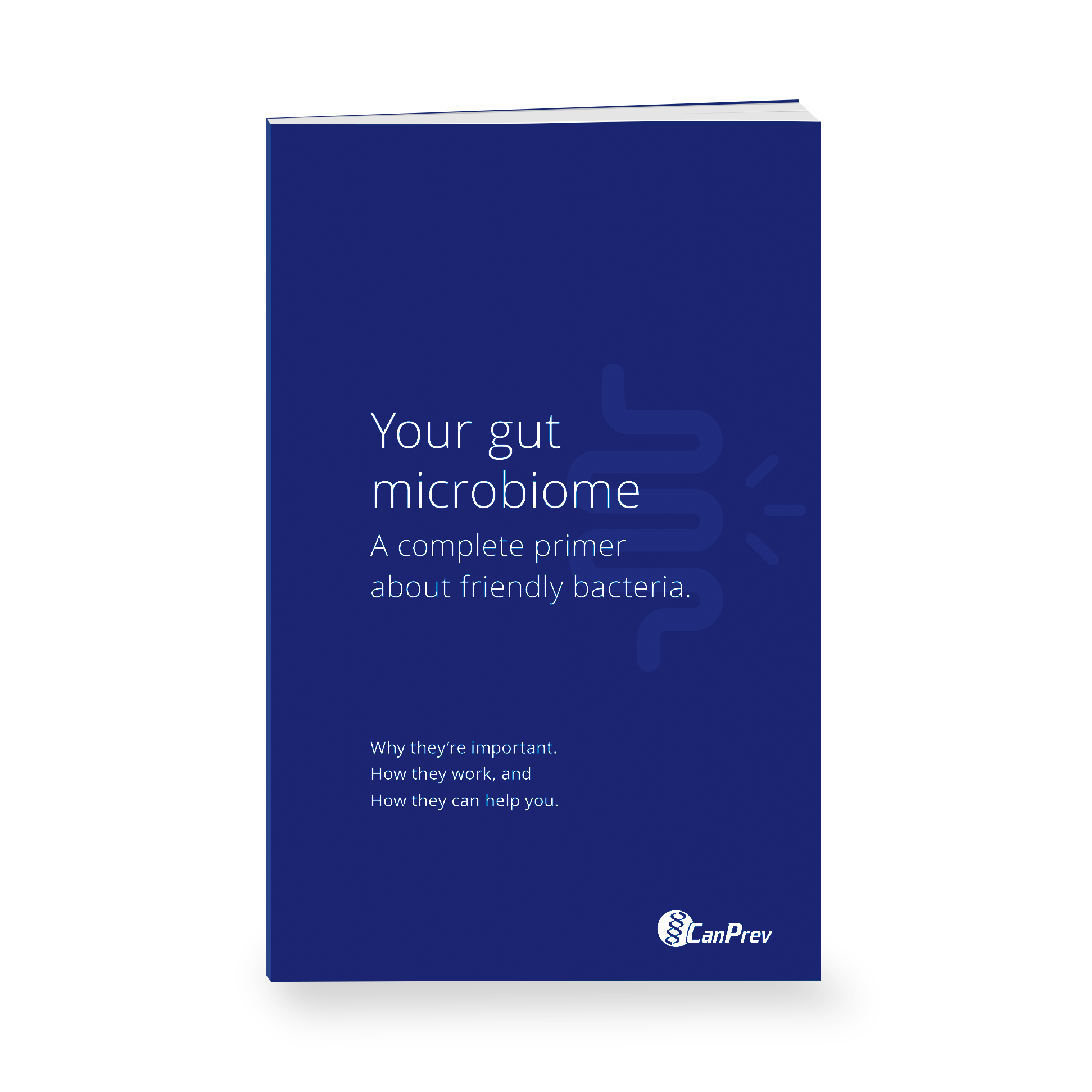Coming off a schedule of seemingly non-stop socializing and indulgence of the holidays, it’s pretty typical to feel a little stressed out and perhaps even look a little run-down. But now that you’re back to your regular routine, it’s nothing that a few nights’ good sleep can’t fix, right?
But if after getting rest you’re still feeling burnt out, or you’re experiencing any of a constellation of symptoms such as unexplained irritability, chronic illness, depression, insomnia, dark circles, irregular menstrual cycles, joint stiffness, soreness or pain, your issue might be something much more serious: Adrenal Fatigue.
The “21st Century Stress Syndrome”
While increasingly common, the jury’s still out on the existence of the condition by traditional practitioners. But holistic doctors say overtaxing our adrenal glands causes the release hormones like cortisol and adrenaline – AKA stress hormones.
And certainly we can all identify with how our bodies feel when we’re under stress: our heart rates climb, muscles tense up, our focus becomes laser sharp and we may lose our appetites. These symptoms are indications that your body is literally preparing to physiologically “fight or flee”.
Ring the alarm
The adrenals are two grape-sized glands located above the kidneys that act as the body’s primary shock absorbers. They produce adrenaline, cortisol and DHEA which quickly respond to calm the body when normal, everyday stressors put out the signal (adrenaline and noradrenaline) that something’s going off.
Adrenaline and noradrenaline act as alerts to impending dangers, also known as the “fight or flight” response. Adrenaline forces the heart to pump faster and harder, diverting blood away from the skin and digestive organs towards large muscle groups, and intensifies breathing in order to increase oxygen supply to the heart, brain and muscles. Adrenaline also signals the liver to convert its stored glycogen into easy-to-use glucose for energy, leading to an increase in blood sugar.
Send in backup
Cortisol’s main role is to provide additional energy in the form of glucose from protein and fat breakdown, suppress the inflammatory response and increase the pain threshold. Cortisol also inhibits insulin, the hormone responsible for signalling glucose storage into cells.
When you experience stress cortisol prevents the release of insulin to make sure that the body has enough glucose immediately available for use. Cortisol also narrows arteries as adrenaline increases heart rate, together pumping the heart harder and faster.
Once the stress threat has passed, cortisol levels go back to normal. But if the stressor stays or gets stronger, the body taps into all of its resources in an effort to keep up with cortisol’s demand. When cortisol levels stay too high for too long, you may experience fluctuating blood sugar levels, weight gain or loss, increased risk of infection, bone density loss, muscle wasting, thinning skin and kidney problems.
In an effort to keep up with increased cortisol demand, your endocrine system continues to produce this stress hormone, but this can eventually affect the balance of other hormones like the sex hormones, DHEA, testosterone and estrogen.
DHEA is short for Dehydroepiandrosterone – an unwieldy name for the androgen produced by the adrenal glands and the ovaries that helps to neutralize cortisol’s immune-suppressant effects. It’s the most abundant steroid hormone in the body and stored in the blood. Together, cortisol and DHEA are thought to have opposite effects on immune function and insulin regulation.
Pregnenolone for the steal
Under continued stress, pregnenolone, the precursor to the sex hormones is instead used for cortisol production – this is known as the pregnenolone steal or the cortisol shunt. As the adrenals attempt to keep up with cortisol production, they also begin to tire. At this stage, your patient is likely to report feeling tired often, with low enthusiasm and potentially lower sex drive due to the lack of sex hormone production. This phase can continue for months to years.
You’re not “just tired”
When the adrenal glands are unable to keep up with the demand and stimulation from the brain to keep producing cortisol and adrenaline, resources eventually become depleted and exhaustion sets in. Cortisol levels end up continually low, leading to feelings of chronic fatigue and the incapacity to deal with stress, or to recover energy despite resting. The body simply runs out of ways to manufacture stress hormones, leaving you tired. All the time.
Stress-related disorders often surface at this time. Early in this stage, symptoms of fatigue, lethargy and low mood may worsen. As this stage progresses, further disturbances in the endocrine system may develop, including a disruption in adrenal-ovarian communication for women. When full adrenal exhaustion settles in, symptoms similar to Addison’s disease may present, and include complete exhaustion, an overall weakened state, weakened immunity and weight loss.
Integrative practitioners are acutely aware of how this unfolds in the body. While most patients understand that ongoing stress can be harmful, appreciating the full impact that adrenal fatigue has on the entire body is sometimes difficult to explain to patients. They may believe that ongoing stress is just a way of life and have difficulty making the necessary changes.
Alarm phase
During the first phase of the stress reaction, alarms are activated and the adrenal glands are capable of making significant amounts of hormones, primarily adrenaline and cortisol to mount an appropriate stress response. Increased arousal and alertness are needed to combat the stressor. The body prepares to “fight” or “flee”.
Resistance phase
With ongoing stress, the adrenals strive to keep up with the demand to produce more stress hormone, but now at the expense of other hormones including DHEA and subsequent sex hormones, progesterone, testosterone and estrogen. Pregnenolone, the master adrenal hormone and precursor to sex hormones and cortisol, is shunted towards the production of cortisol. This is known as the pregnenolone steal or cortisol shunt.
Burn-out (or down) phase
Eventually the body runs out of substrate material to produce stress hormones and cortisol levels decline, along with other key hormones, namely DHEA and sex hormones. Patients in this stage will feel extreme fatigue, diminished libido, irritability and depression among other symptoms.
If you’re feeling more tired than usual, or if you suspect that you’re experiencing adrenal fatigue, it’s important to bring it up to your practitioner or Naturopathic doctor. He or she can recommend a course of supplementation or steps you can take toward feeling better.
It’s also worth noting that there is no quick fix for adrenal fatigue; in the same manner that it took months – possibly even years – to wear out your adrenals, it will also take some time to replenish your stores and repair the damage that stress has taken on the body. Everyone is different, and (depending on severity) it can take anywhere from six months to up to two years to feel yourself again.











Leave A Comment